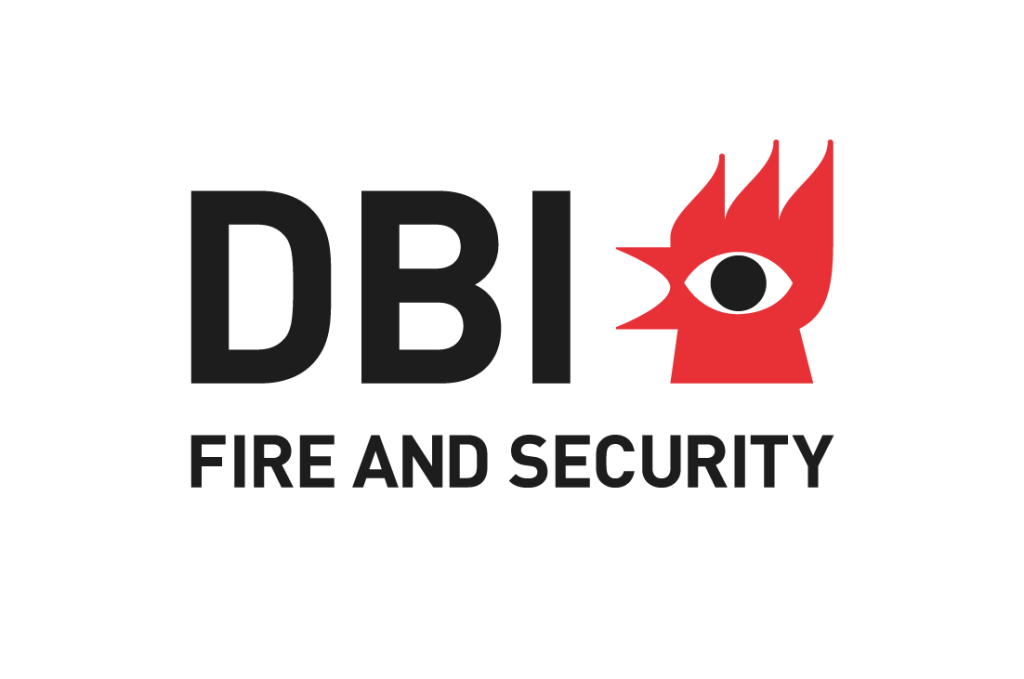One could claim that all accidents are due to human error. In this regard, understanding human behaviour is crucial. People trust that equipment, guidelines, handbooks and drills increase safety merely by existing. But is this true? Do passengers and crew members actually understand the safety precautions and their roles in the safety procedures? Most cruise ships host a great variety of nationalities, on the passenger list and in the crew. Is it possible that everybody understands fire safety measures in the same way, recognises serious danger and acts in the intended manner? In alternative designs, it is a special challenge for the crew to fully comprehend the composite materials reaction-to-fire.
So is it possible to be creative and innovative in the development of alternative designs, use new products and materials on board ships, and consider fire safety at the same time? The Danish Institute of Fire and Security Technology (DBI) thinks this is possible, but only if fire safety and associated human behaviours are accounted for in the early design stages.
In collaboration with anthropologists, DBI has investigated human behaviour in risk situations, with a focus on how people actually behave rather than how they are intended to behave.
A wealth of experience through every stage
For the past six years, DBI has investigated and worked on projects within the maritime arena, where design, risk assessment and human behaviour have been assessed through all phases of product development and ship construction, from drawing board to operation. Ignition, detection, firefighting and evacuation are major aspects of fire safety design, and each involves people making decisions on the fly. It is important to recognise and consider all of these stages throughout the processes of design, construction and operation.
In the past, DBI’s experts were not involved in the process until the product construction phase, where fire testing plays a large part and is a vital point, and where failure could mean a setback of several months. In alternative designs, it is of particular importance to look at fire safety in the initial stages of the design process. This ensures a smoother and faster progression, thereby avoiding unnecessary errors and redesign.
Creating well-rounded strategies that remember the individual
In addition to fire testing and certification, drawing on wide expertise in various aspects of fire safety and more than 100 years of experience, DBI offers assistance and advice in creating a holistic fire strategy that addresses a wide range of aspects. These include: a technical basis, encompassing fire detection, firefighting and evacuation equipment; fire technical design, emphasising the interplay between passive and active fire safety; and the human factor, aiming to ensure safety for passengers and crew by analysing and predicting how individuals behave in a risk situation depending on whether they are crew members on or off duty, or passengers.
DBI provides tools for designers, naval architects, shipyards, shipbuilders and classification companies. It also offers expert knowledge in finding solutions to the product development of interiors, bearing parts, products for passive fire safety (for example, doors, windows, walls), and products for active fire safety (detectors, extinguishing systems and evacuation equipment). DBI’s experts can support innovation and alternative design, as well as lightweight composite and bio-based products.

